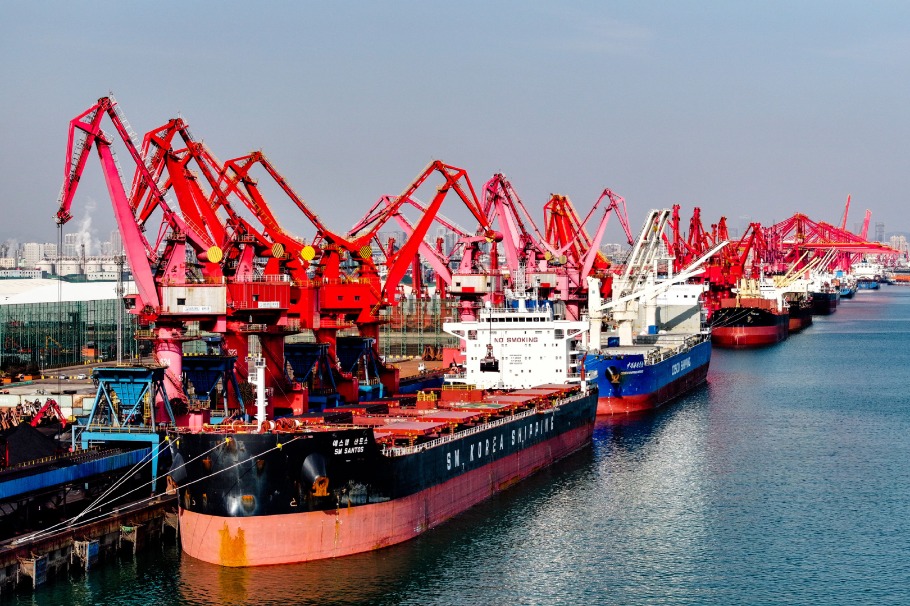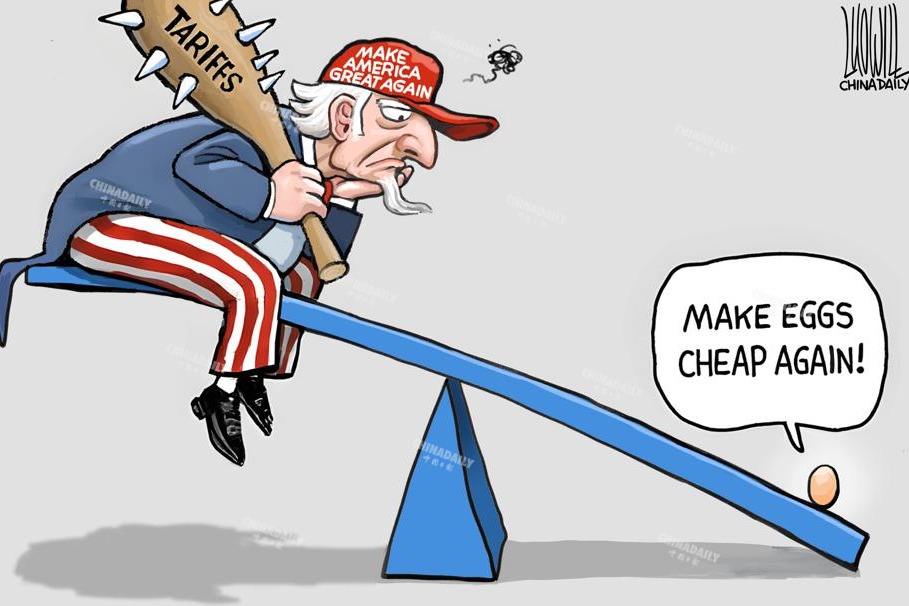Reconciliation signs don't necessarily mean real change


China and India not only reached a deal on patrolling their disputed borders to end a four-year military impasse last week, but also their leaders met on the sidelines of the BRICS summit in Kazan, Russia, and agreed to make efforts to restore lasting peace in the border areas and strengthen communication and cooperation.
One of the reasons why India chose to repair relations with China is that it didn't get the expected benefits from deepening its relationship with the United States over the past few years. Since 2016, India under the Narendra Modi government has been seeking to curry favor with the US, while saying it has no intention of joining forces with the US to contain China.
However, during his second term as prime minister, Modi discovered, gradually though, that India has "suffered heavy losses" due to its increased engagement with the US, and Washington has taken advantage of its new-found "friendship" with New Delhi to repeatedly breach India's exclusive economic zone without permission in the name of "freedom of navigation" and pressure India to stop buying Russian oil.
New Delhi slowly realized that being an enemy of the US was dangerous, but being its friend was no less dangerous. New Delhi also woke up to the fact that maintaining relations with China was crucial to its economic development. And hence Modi turned to Beijing in his third term.
India even tried to "decouple" its economy from China's, but its trade with China kept growing, with its dependence on China increasing significantly.
China is India's largest source of goods, including industrial products. Official Indian data show India's imports from China have surged 56 percent over the past four years, and its trade deficit with China has almost doubled to $85 billion.
After four years of foreign policy experiments, the Modi government finally realized that maintaining cooperative relations with China is crucial for India's development. India's so-called friendship with the US, which tried to hype up the "border confrontation" issue, didn't secure any gain for India.
However, considering that the Modi government has been in the habit of balancing India's foreign policy, the improvement of Sino-Indian relations does not mean New Delhi has changed its China policy.
GUANCHA.COM


































